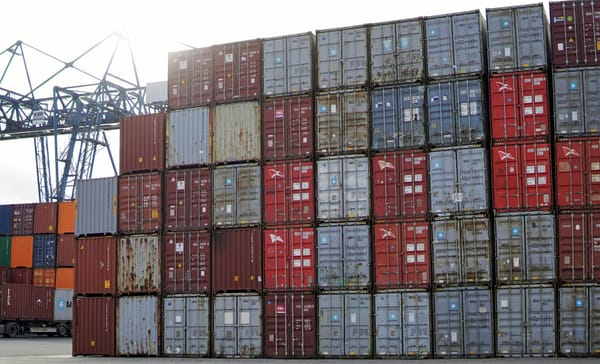Shipping containers holding invisible health risks
Many companies handling shipping containers would be aware of the dangers surrounding the movements – transportation, loading and unloading – of containers and have processes in place to manage the associated risks. But even regular handlers of shipping containers might not be fully across the health and safety risks to workers exposed to dangerous chemicals when unpacking them.
Safe Work Australia Director of Occupational Hygiene Dr Paul Taylor said that SWA research has found that workers may be exposed to dangerous chemicals like fumigants and solvents when unpacking shipping containers. He added that the health risks might not only affect workers involved in physically unpacking containers, but also might apply to supervisors and site managers who gain long-term exposure by constantly being in the vicinity of the containers.
“There are a wide range of health effects that can result from exposure to these chemicals, including skin, eye, and respiratory irritation, headaches, nausea, and respiratory disease,” Dr Taylor said.
“This raises concerns and businesses must take all practical measures to control the exposure of workers to hazardous chemicals,” added Dr Taylor. SWA has developed a series of information sheets about handing dangerous chemicals associated with shipping containers on its website.
Fire, an added problem
Some solvents are also highly flammable and can cause fires or explosions if vapours are exposed to heat, sparks or a naked flame. That might mean having to ramp up your fire-fighting capabilities at your worksite if your business is not fully prepared for an outbreak of fire. And also giving workers appropriate training.
The most common types of hazardous chemical residues in containers are fumigants such as methyl bromide and phosphine, which are used to control pests like insects and rodents. Other dangerous solvents, like formaldehyde can be released from transported goods (off-gassing).
Depending on the type and concentration of hazardous chemicals, SWA warns that health effects can include:
• allergic contact dermatitis;
• headaches, dizziness and nausea;
• irritation to the eyes, respiratory system and skin;
• respiratory disease, and
• in some cases, death.
Some hazardous chemicals like methyl bromide are also suspected of causing genetic defects, while others are known or suspected carcinogens.
Mitigating against the risks
Exposure to hazardous chemicals can be eliminated or minimised by preventing unauthorised access to containers using barriers and warning signs and issuing workers with PPE if containers are suspected of being fumigated.
Receivers of containers should also ask overseas suppliers or importers if containers have been fumigated, and also check for fumigation warning notices and clearance certificates.
From the experts behind the Health & Safety Handbook, the Bulletin brings you the latest work health and safety news, legal updates, case law and practical advice straight to your inbox every week.

